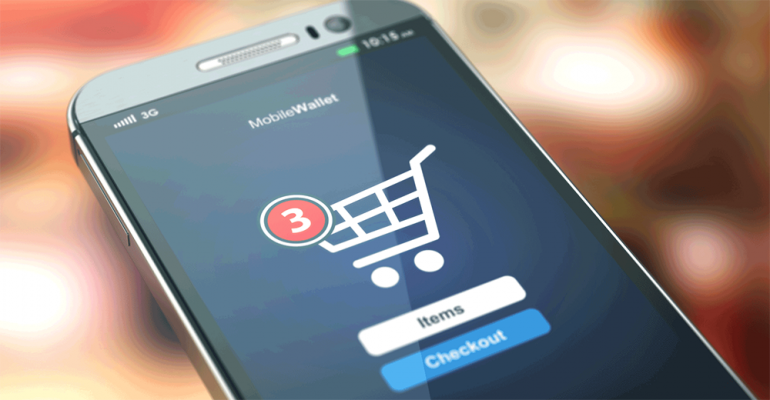Shelf-stable items are guaranteed to move “completely online,” says industry expert Paula Savanti. “If you try to avoid that, it just doesn’t help your cause.”
That was the key takeaway from an analyst forum last week in New York City. Savanti, a senior analyst of consumer foods at Rabobank, which put on the Rabobank’s Food & Agribusiness Summit, added that supermarkets will have to place significantly more emphasis on fresh and perimeter items in the near future. This is due to what she projects will be a diminishing role of the center store in brick-and-mortar settings.
Savanti pointed to the ease of shipping shelf-stable goods—compared to fresh items that typically require refrigeration—as a main reason for moving these products online.
While she would not label this change as the “death of supermarkets, by any means,” Savanti feels that the desire among many consumers to purchase fresh items in person and the ability to experience the social aspect of shopping will be the main drivers of future traditional stores.
This significant shift presents an arguably daunting reality to physical storefronts and could—at first glance—suggest a future laden with layoffs and excess square footage to coincide with e-commerce’s growth.
However, Savanti says that a transition toward a primarily perimeter future need not be met with a slash-and-burn approach.
“Change will always bring some shake-up, but I think that it’s not a question of getting rid of things; it’s just a question of repurposing,” she said. “Maybe the people that you used for your brick-and-mortar stores, you’ll use them more for dealing with all of the back-office side of things such as delivery.”
Regardless of how retailers address the changing climate, digital growth is coming.
Savanti estimates that about 2% of all domestic food and beverage retail is sold via e-commerce.
While some of her colleagues are projecting digital grocery sales to snowball up to 20% in the near future, she believes 10% is closer to reality. But even that piece of the pie is too small to ignore.
“If you think about the number that is food retail, a $700 billion industry in sales, seven or eight percent of that is very big,” Savanti said. “It’s going to be a much higher percentage when you look at shelf-stable things than when you look at the fresh things. You see that even today. The shelf stable things are going to move online for sure.”
The availability of center store goods on digital channels is not the only shift that retailers will need to hone as online shopping in the food space gains popularity. Savanti said that those who thrive during the continued expansion of grocery e-commerce will offer convenient, tailored experiences.
“Due to our dependence on cellphones, we’re so used to getting something at our fingertips, whether it’s just looking for information or actually purchasing,” she said.
Savanti suggested that grocery stores search for ways that they can make a digital customer feel as if her online shopping experience is geared directly toward her.
“We have gotten more and more used to getting content that is personalized to us. It’s not a boxed concept where we take what’s given to us but we can choose our settings,” she said referencing the consumer relationship with services such as Netflix. “It’s the same for our requirements for food and shopping in general.”
Contact: [email protected]
Twitter: @DanAMX





